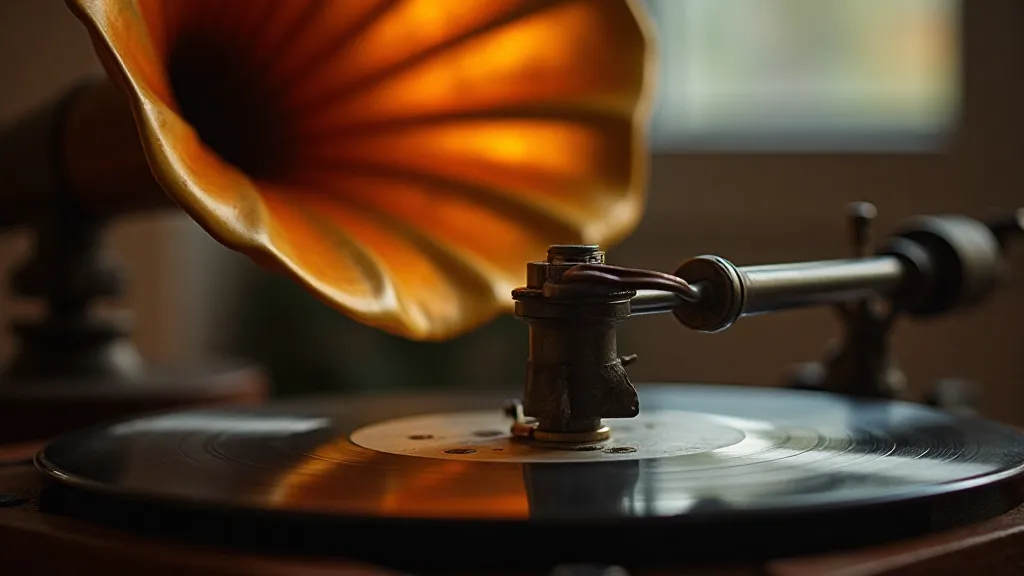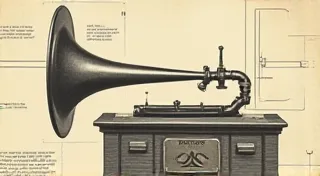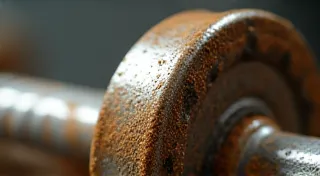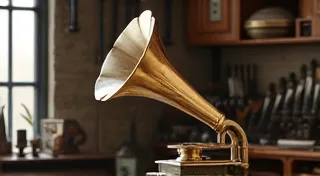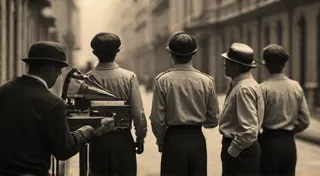The Latent Melody: Reawakening Dormant Voices in Phonograph Restoration
There's a peculiar magic to antique phonographs. More than just machines, they're time capsules, echoing with the laughter, the music, and the stories of generations past. I remember the first time I encountered one – a Majestic in my grandfather’s attic, shrouded in dust and silence. It wasn’s just a piece of furniture; it felt like a sleeping giant, withholding a secret. It's that secret, that latent melody yearning to be released, that draws so many of us to the fascinating, delicate art of phonograph restoration.
Time, as it does with all things, takes its toll. Springs corrode, gears seize, delicate rubber parts crumble, and the once-resonant horn dulls. Yet, within this apparent decay lies immense potential – the chance to resurrect not only a functional machine, but also a fragment of history, a tangible connection to a bygone era. It’s not simply about fixing; it's about rekindling a voice.
A Whisper of History: The Phonograph's Legacy
The invention of the phonograph by Thomas Edison in 1877 was a watershed moment. Imagine the astonishment of hearing your own voice, captured and replayed! Early models, often cumbersome and mechanically complex, were marvels of engineering and status symbols. The subsequent decades saw a whirlwind of innovation – from the ‘Berliner’ gramophone, with its flat discs, to the more sophisticated cabinet models of the early 1900s. Companies like Columbia, Victor, and Brunswick vied for dominance, each pushing the boundaries of acoustic technology. They weren't just selling record players; they were selling an experience, a form of entertainment utterly new and transformative.
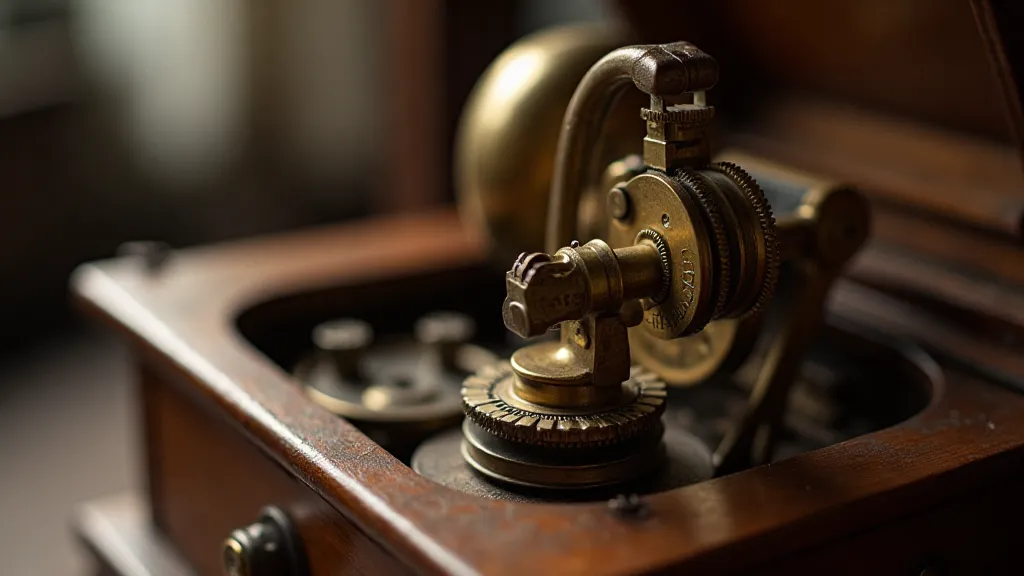
The Delicate Balance: Preservation and Repair
The philosophy of phonograph restoration is a nuanced one. Unlike restoring a classic car, where flawless originality is often the ultimate goal, phonograph restoration acknowledges the machine's journey. Each scratch, each imperfection, tells a story. Aggressive cleaning can erase those stories, replacing them with a sanitized, artificial appearance. The goal isn’t to make the phonograph look brand new; it’s to make it function as it did originally, while respecting its history and preserving as much of its original character as possible.
There's a temptation to replace every worn part, to modernize the mechanics. While some replacements are essential – brittle rubber belts invariably need replacing, for example – other components are best left untouched, even if they're not perfectly functional. A slightly warped tone arm, or a spring that’s lost a bit of its tension, can actually contribute to the machine's unique sonic signature. It’s about finding a harmonious balance – addressing critical issues that affect playback quality and safety, while leaving the vestiges of age intact. Dealing with sticky grease, a common culprit in seized mechanisms, requires careful cleaning and lubrication techniques; understanding these processes is vital for a successful restoration.
The Anatomy of a Restoration: Common Challenges
The specific challenges encountered in phonograph restoration vary greatly depending on the model and its condition. However, some issues are almost universal. Corrosion is a constant enemy, particularly on brass and steel components. Careful cleaning with appropriate solvents, followed by lubrication with period-correct oils, is often required. Rubber parts, naturally, are prone to degradation, becoming hard, brittle, and crumbling. Replacing these parts can be tricky; finding suitable replacements that closely match the originals in terms of dimensions and material properties is crucial. Gears, too, frequently require attention, often needing cleaning, lubrication, or even replacement if they are severely damaged. Understanding the Edison Standard Phonograph Mechanism can provide valuable insight into the complexity of these early machines, often illuminating the source of stubborn mechanical issues.
The soundboard, the heart of the acoustic amplification system, is another area of concern. These boards are typically made of thin wood, often spruce or mahogany, and are susceptible to cracking and warping. Careful repairs, often involving the application of small wood patches and careful clamping, are often necessary to restore their functionality. Finally, the horn – whether a traditional trumpet horn or a more elaborate, folded design – is often heavily tarnished and may require careful polishing to bring back its luster. The preservation of antique phonograph records is equally crucial; these fragile discs are integral to the restoration’s ultimate success, requiring careful handling and specialized cleaning procedures.
Sourcing Authentic Components: A Respectful Approach
The availability of replacement parts is a significant factor in phonograph restoration. While some common parts, such as rubber belts and felt pads, are readily available, others can be extremely difficult to source. When replacement parts are needed, it’s vital to prioritize authenticity. Using reproduction parts made from incorrect materials or designed to the wrong specifications can compromise the phonograph's original sound and appearance. Whenever possible, sourcing original parts from other broken or discarded machines is the ideal solution. Antique radio and phonograph parts suppliers can also be valuable resources. Often, a thorough inspection of the machine’s internal workings reveals underlying issues best addressed with dedicated expertise.
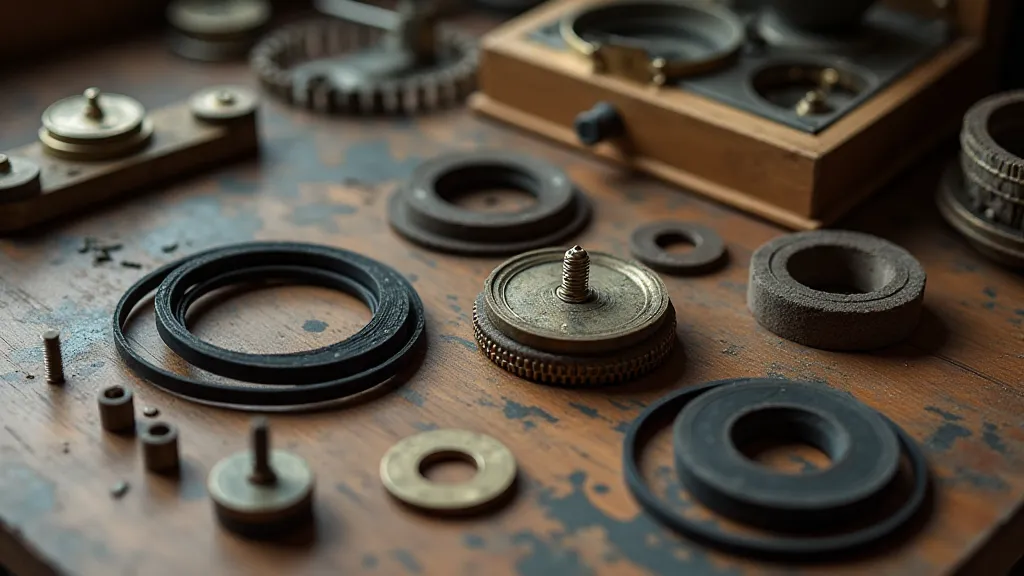
Beyond the physical components, respecting the history of the machine extends to understanding the recording technology of the era. Early records, often Berliner grooves or fragile shellac discs, require specialized equipment and careful handling. Playing these records on a restored phonograph is the culmination of the restoration process - the moment when the latent melody is finally unleashed. It's important to note that cleaning and preserving antique phonograph records isn’t just about aesthetics; it’s about ensuring their longevity and ability to be played without damage.
Repairing Common Issues - Brakes and Beyond
Beyond the typical challenges, specific components often require dedicated attention. The brake mechanism, responsible for stopping the turntable, can frequently become stiff or inoperative due to accumulated grime and corrosion. Repairing the brake mechanism on antique phonographs is a crucial step in ensuring safe and reliable operation. Addressing these smaller details contributes significantly to the overall restoration’s success. Furthermore, understanding the nuances of various phonograph models – from early Edison machines to later Columbia and Victor models – is paramount. Each era brought its own engineering innovations and potential failure points.
The Importance of Documentation and Research
A successful phonograph restoration isn't just about mechanical skills; it's also about diligent research and documentation. Before disassembling any component, it's vital to photograph each step of the process. This serves as a visual guide during reassembly, minimizing the risk of errors. Consulting original service manuals, if available, can provide invaluable insights into the machine's intended operation and maintenance procedures. Online forums and communities dedicated to vintage phonograph restoration can also be invaluable resources for sharing knowledge and seeking advice from experienced restorers.
More Than Just a Machine: A Connection to the Past
Phonograph restoration is more than just a technical exercise. It’s a journey back in time, a chance to connect with the people who built, used, and cherished these machines decades ago. It's a conversation across generations, mediated by the music and the stories embedded within the records. There's a deep satisfaction in bringing a silent machine back to life, in hearing the faint crackle and hiss of a forgotten era – a tangible link to the past that resonates with a profound sense of history and wonder.
The act of restoring a phonograph isn't just about repairing a machine; it's about preserving a legacy, about giving voice to the silent stories that lie dormant within these beautiful, intricate artifacts. And in that process, we not only revive the music but also deepen our appreciation for the ingenuity, artistry, and enduring power of human creativity.
